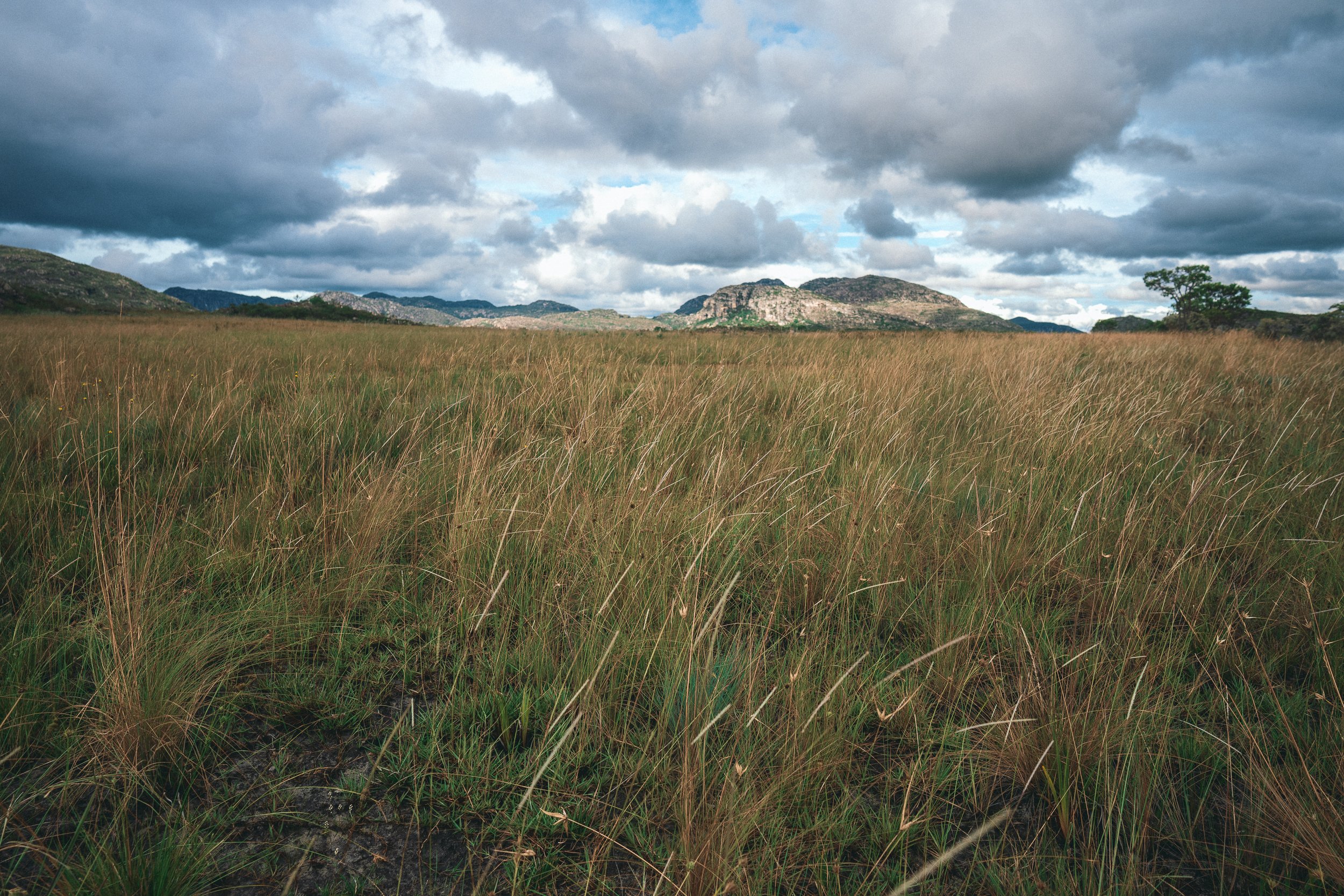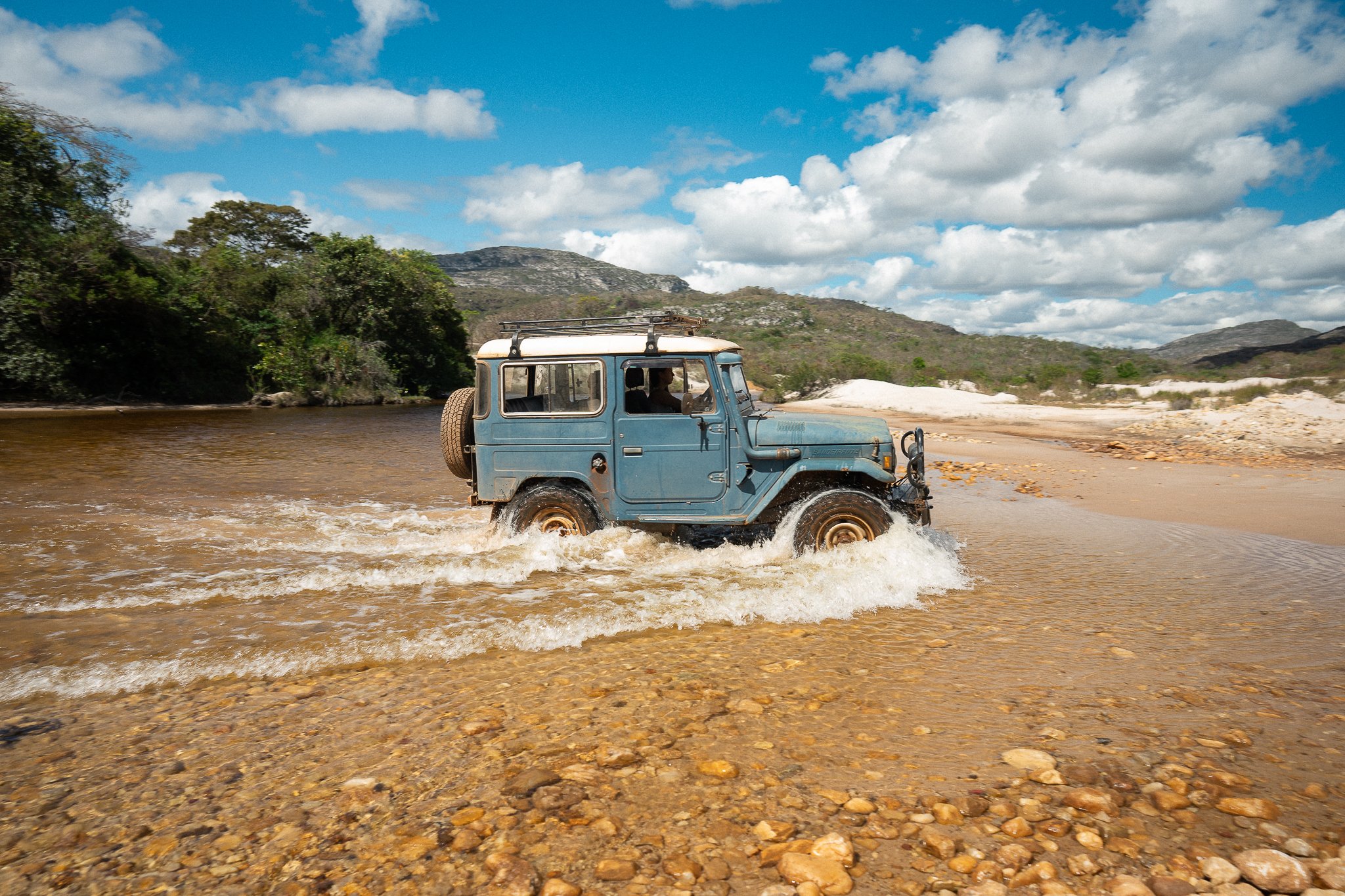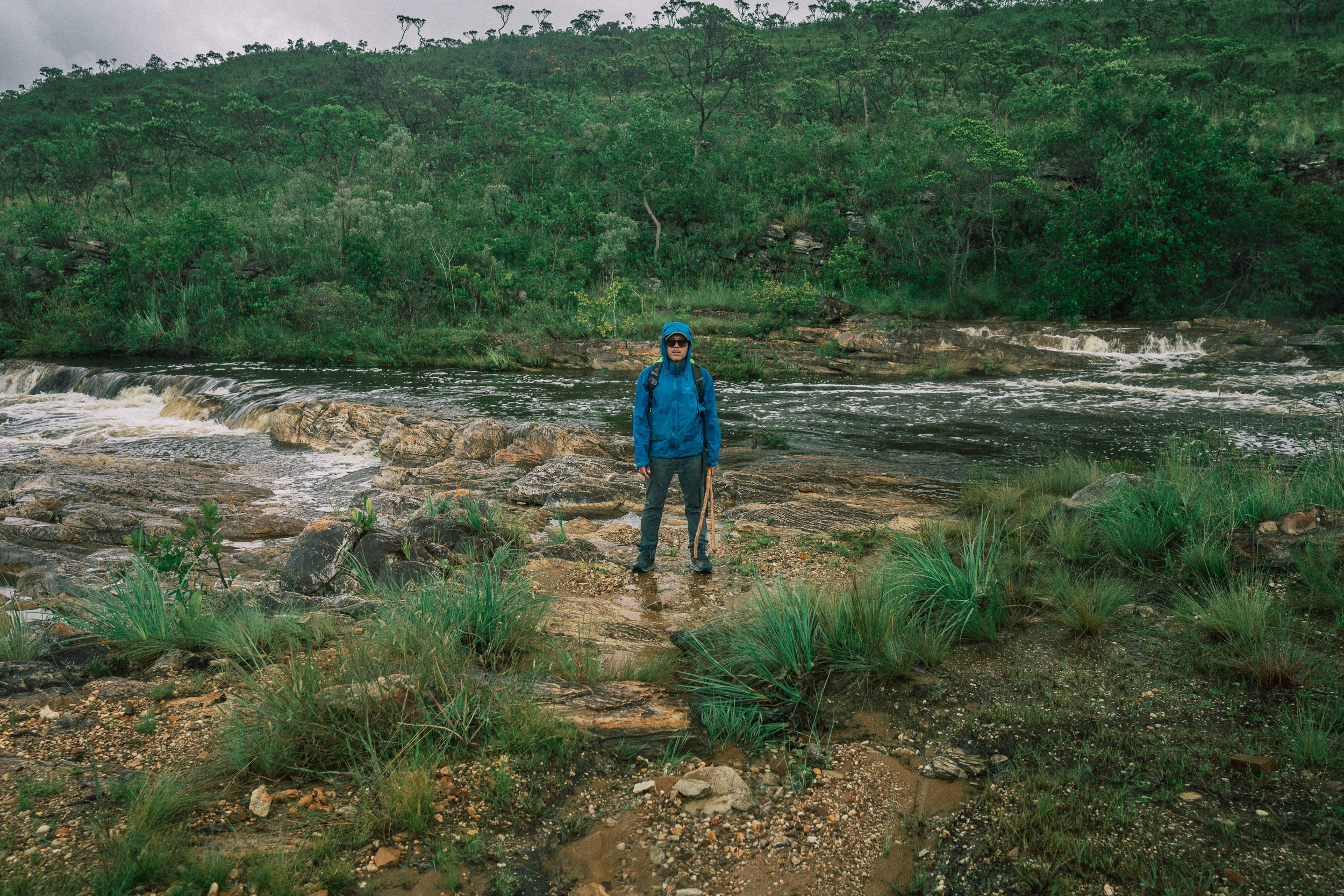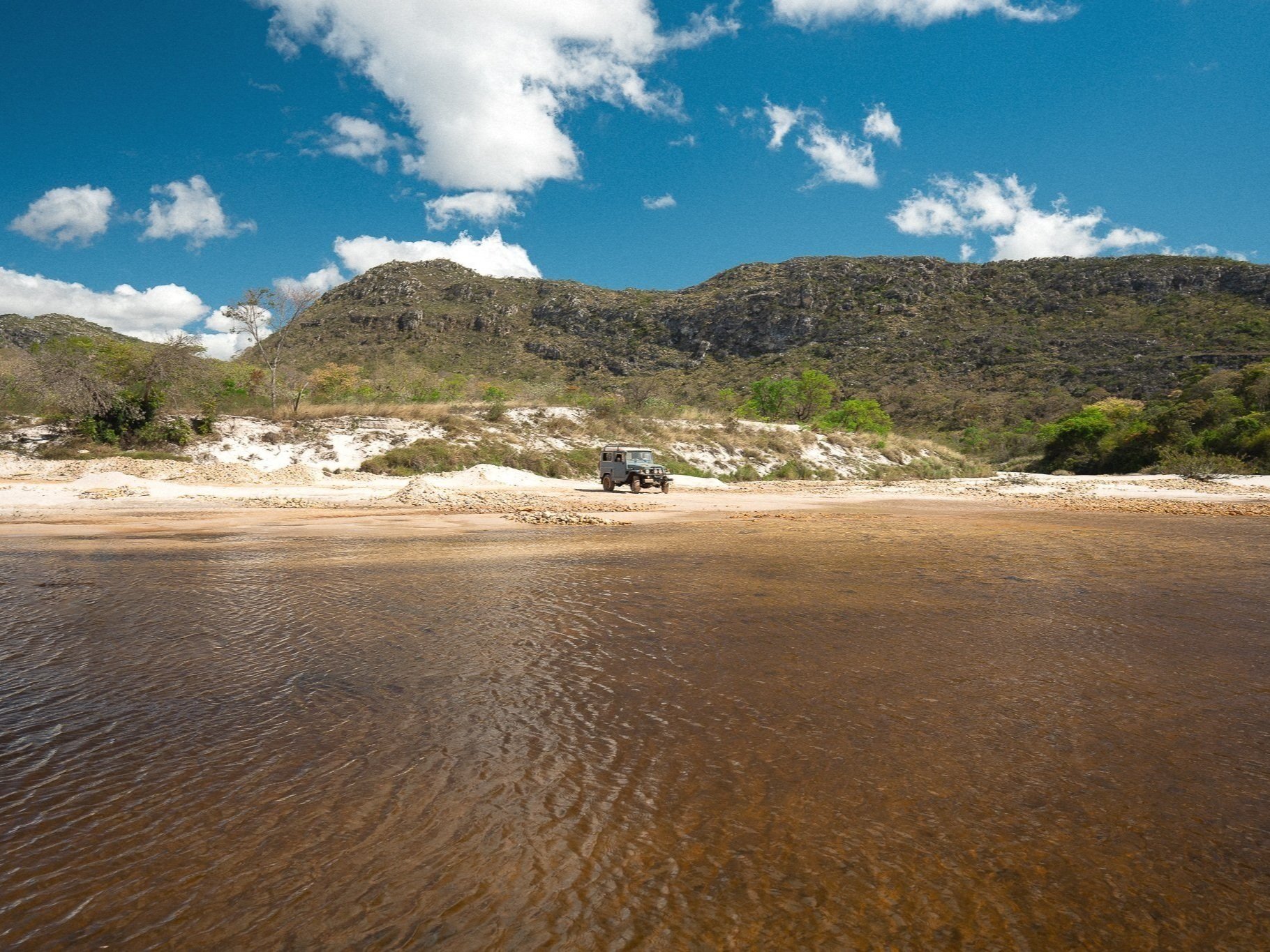
The Sertão
Trekking, Riding & Overlanding Along the Western Range of the Serra do Espinhaço Merdional
THE Sertão: Our WESTERN Circuit
Festive cowtowns, mystical railway settlements, and far-flung single-family outposts. Ice-cold cervejas & hot spring resorts. Legendary waterfalls. Legendary hospitality. And miles (& miles) of open dirt road.
The bucolic scenery and vast, relatively* flat distances between communities in the lowlands west of the Espinhaço lend themselves to pilgrimatic treks, spirited gallops, and the best kind of roadtrips.
Come for the incredible waterfalls, and for a taste of Brazilian cowboy culture, stay for the festive evenings and the lingering sense of peace, warmth, and joy.

Sunset over the Sertão (April)
At a Glance
-
The Sertão offers the Espinhaço’s best overlanding & horseback riding opportunities due to its open roads, numerous (gorgeous & swimmable) waterfalls, and charming, festive communities.
As a Circuit, the Sertão stands out for its enriching culture and natural attractions, making it a fascinating contrast with the unpopulated, attraction-less nature of our Garden Circuit (which it borders to the west).
While we personally enjoy the meditative, pilgramatic walks in this part of the Espinhaço, if you’re strictly interested in trekking, there is an opportunity cost to consider: if you are limited on time, you’ll likely find other Circuits in the Espinhaço more rewarding.
Ultimately, we think the Sertão is best experienced on horseback or by vehicle, with day hikes to local water attractions, or as a restful, culturally enriching extension during long treks in the Espinhaço.
-
Although it bears little resemblance to the classical tortured landscapes of the Brazilian Northeast, locals have referred to the water-blessed lowlands along the western escarpment of the Espinhaço as “the Sertão” for centuries. It may not possess the epic mountain views typically associated with extended treks (although a scenic 150-km former railway turned pedestrian path would like a word), but what it lacks in drama it makes up for with good times: friendly folks, incredible food, the Espinhaço’s most drivable & ridable roads, and the region’s best (& most swimmable) waterfalls.
Expect vast stretches of open dirt road; bucolic scenery; festive agrarian communities; welcoming folks; delicious regional food; hot springs (tepid by U.S. standards); cowboy culture; ice-cold beer; nationally renown cachaça; and the Espinhaço’s best, most numerous, and most swimmable waterfalls.
-
Many of the Mosaic’s conservation units are located in the Sertão, 3 of which we traverse regularly during trips: Sempre Vivas National Park, Serra de Minas Municipal Environmental Protection Area, and the Barão & Capivara Municipal Environmental Protection Area.
-
Cerrado (Brazilian Savannah)
-
Our guiding season typically runs from April 1 - October 30, although we’re happy to discuss the possibility of guiding certain Bespoke itineraries outside of those months, as well.
The daily storms in the Serra do Espinhaço typically taper off in March, making April & May two of the most beautiful months to explore the region by any means: gushing waterfalls, exuberant vegetation, plentiful springs, and crossable rivers.
June & July are mild & dry, with near-perfect trail conditions: warm, sunny days and crisp, cool mountain weather in the evenings, with hardly a cloud in the sky. This is prime season for extended treks & rides.
The dry season reaches its zenith in August & September, making them wonderful months for exploring the region by foot & horseback: the savannah landscape is parched, dotted by colorful bouquets of flowers & cactus fruit, with gently-flowing waterfalls & easily crossable rivers.
The long dry season finally breaks in late September, making October & November unpredictable, but beautiful: the Cerrado is in full bloom, with daily storms creating wet & wild trail conditions and turning the landscape a thousand shades of green. These are great months for overland tours, and for trips that mix & match shorter treks with drives & rides.
Curimataí (September)
Cachoeira das Fadas (October)
Crossing the Rio Pardo (September)
Hiking the Linha Verde (August)

She Who Shall Remain Nameless (April)
Highlight: Her Majesty, Santa Rita
Pristine, majestic, and appropriately daunting to get to, Santa Rita Falls marks the grand western entrance to Sempre Vivas National Park, and to the western escarpment of the Espinhaço, in general.
Known to only a handful of folks on the planet—nearly all of whom lived or worked in the immediate surrounding area—prior to the Pandemic, the falls continue to be more of a rumor than an attraction thanks to the lack of climbing ropes and an easily navigable trail.
We’ll need to engage in a pair of harrowing, but brief climbs to reach the base & come back up again. The view alone makes the excursion worth it, but the swim (water level permitting) takes it to a whole new level. Vamo que vamo!
River Crossing, Santa Rita
Preparing to climb, Near Santa Rita
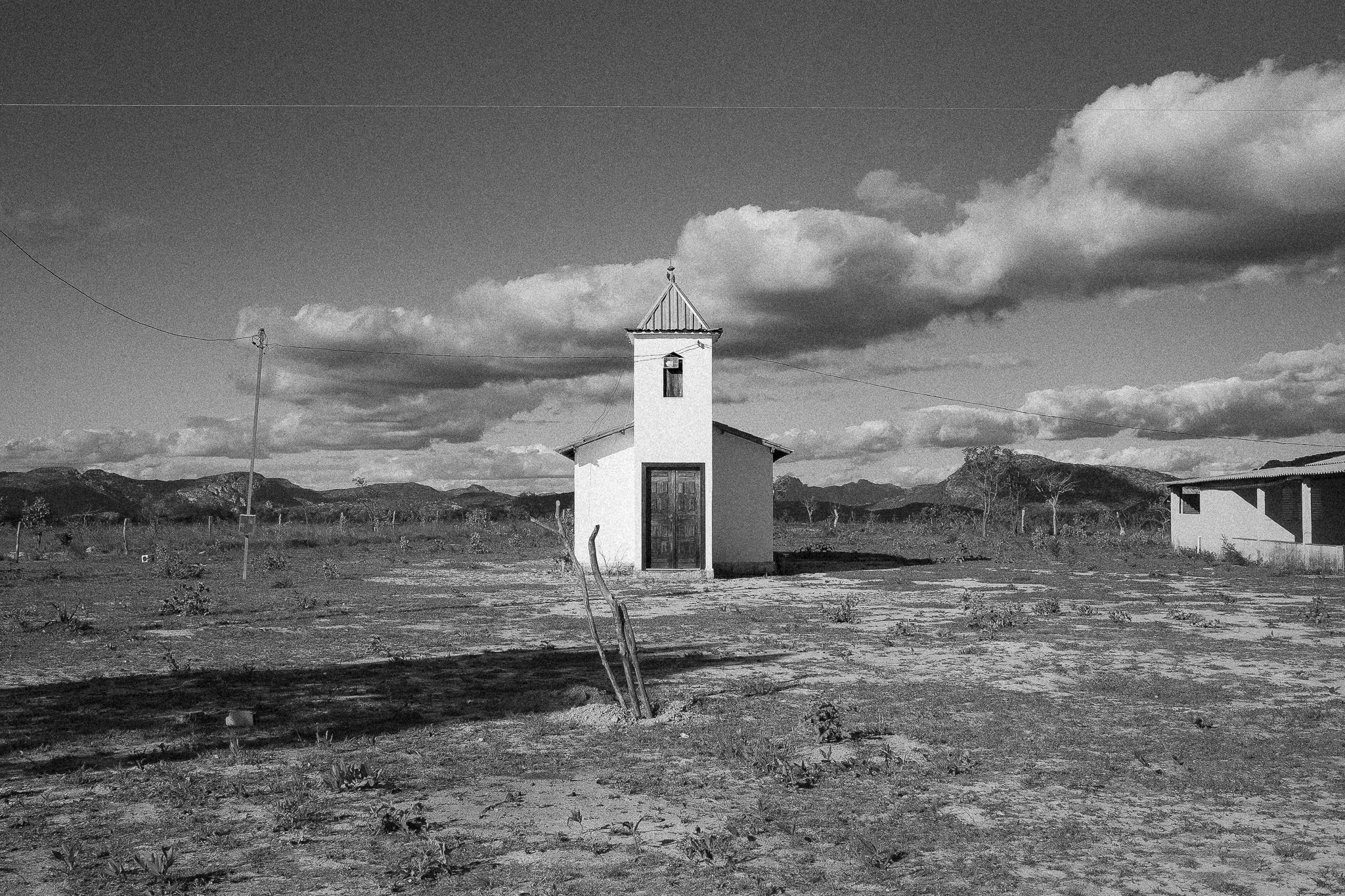
Santa Rita (September)
Highlight: Far-Flung Santa Rita
Come for the mythical waterfall, stay for… the gentle breeze rolling over the pastures? We’re not sure what it is about tiny Santa Rita (the town, not the nearby waterfall; pop. 12?) that makes it linger on our minds, but whatever it is, we can’t seem to get enough.
Cast away on an impossibly privileged patch of windswept, high-altitude campos between the mountains of the Espinhaço and the sweltering lowlands below, this remote ranching outpost inhabited by a clan of likable, hard-drinking cattlefolk is either the beginning of the Sertão or the last stand of the Espinhaço… or both.

Vila de Santa Bárbara (October)
Highlight: Santa Bárbara
The incomparable “vila” of Santa Bárbara is full of contradictions. A bonafide oasis (replete with hot springs, swimming pools, crystalline creeks, and a resplendent waterfall) in the middle of the dusty Sertão? A partially restored historic textile mill that doubles as a chic hot springs resort town? A chic hot springs resort town featuring “chalets” that look like (and, in fact, are) decadent former employee homes?
Quirky, a little unorganized, and more than a little self-important—yet undeniably gorgeous & gostoso—Santa Bárbara is as much of an experience as it is a place, and honestly, its unmissable & unforgettable as both. There’s a lot to take in, and we’re always exceedingly grateful to try our best. Few places in the Espinhaço are better suited for 24 (or 48) hours of R&R.
The Old Textile MilL, Santa Bárbara
Deserts, Santa Bárbara
Night Time Adventure, Santa Bárbara
Sunset, Santa Bárbara
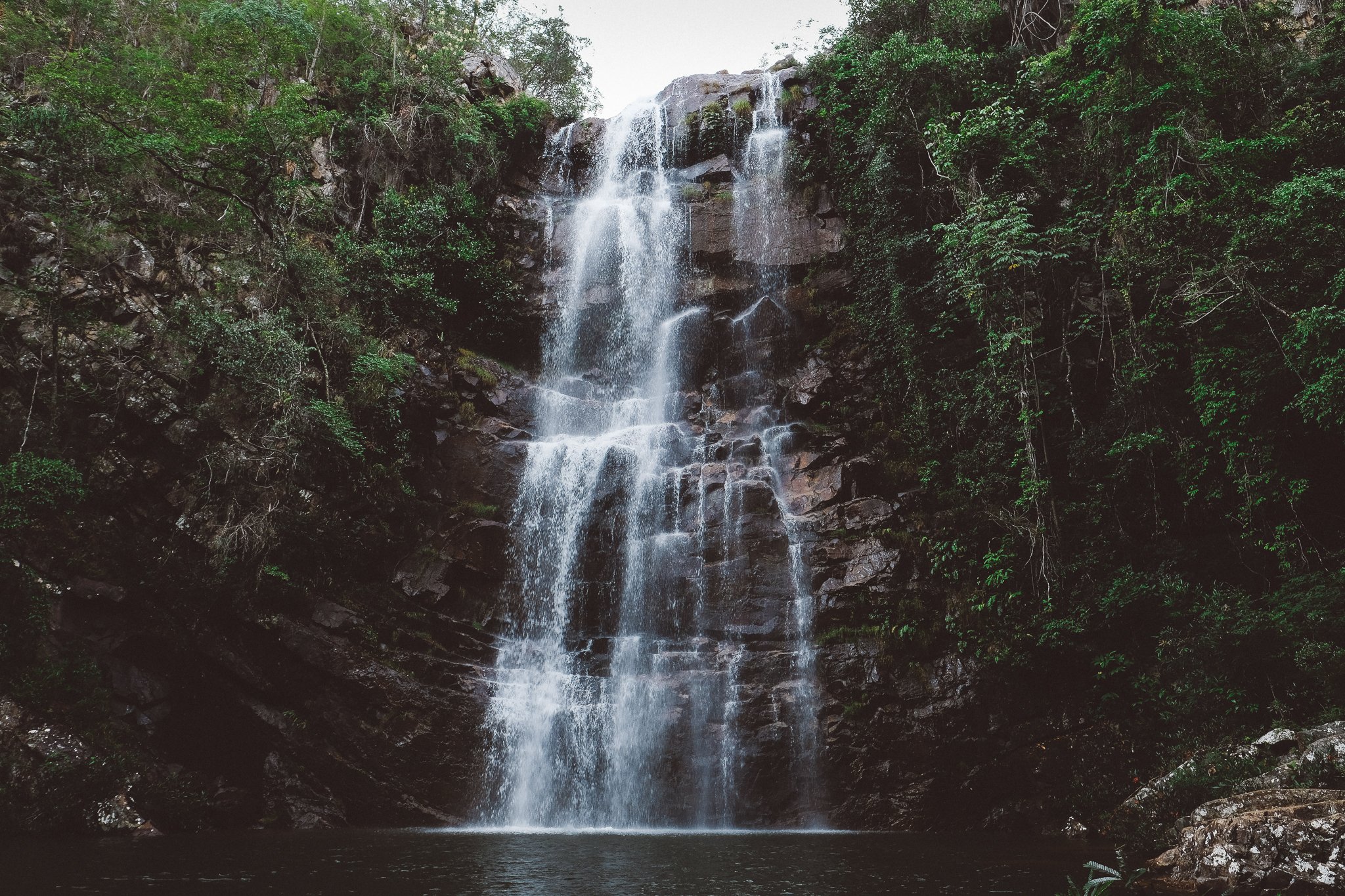
Fairy Falls (November)
Highlight: Mystical Conselheiro Mata
A dusty, rough-around-the-edges (but only the edges) town that time forgot, Conselheiro Mata (pop. 200) feels like a regional homage to the American Wild West, but its diverse residents, fertile soil, and location halfway between Diamantina & the cowboy-cultured Sertão makes its cultural identity a bit more murky: is this a (crystal) mining town? A mystic town? Or the beginning of cattle country?
The decision may not be Conselheiro’s to make: the sleepy community is blessed with a plethora of waterfalls that range from thunderous (Cachoeira do Trombador) to magical (Cachoeira das Fadas) to downright world-class (Cachoeira do Telesforo), and social media influencers & Belo Horizontinos have begun taking notice.
In our minds, Conselheiro is an ecotourism town. It just doesn’t know it yet.
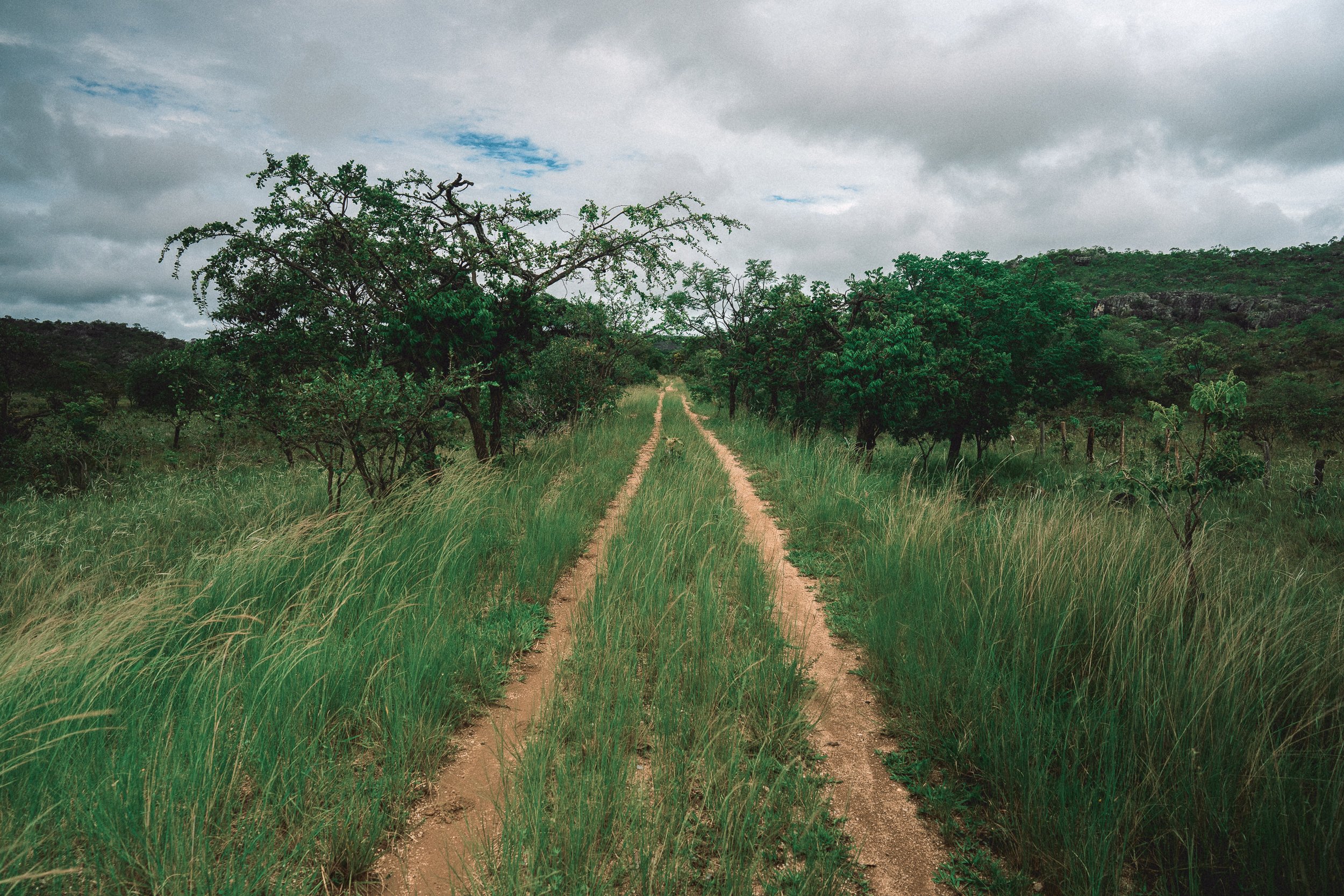
Linha Verde (January)
Highlight: The Green Line
For the better part of the 20th century, the Trilha Verde da Maria Fumaça (best translated as The Green Line, but literally, The Green Trail of the Smoking Maria) transported passengers & goods across the Espinhaço. When it was dismantled in 1973 (as part of a nationwide effort to eradicate railways—it’s a long story), it left thousands of residents isolated, spurring urban migration and leaving communities trapped in time.
In a strange twist of fate, the former railway may now provide a blueprint for the future of the region as its first (lone) official scenic bike & hike route. The Linha Verde descends gently for 157 km from Diamantina to the Sertão, passing through verdant scenery and bucolic agricultural & mining communities along the way, with a number of pit-stop worthy waterfalls. As much as we enjoy a good bushwhack in the mountains, we should be honest with ourselves: sometimes a few dozen kms of relatively* flat, open dirt trail is just what the doctor ordered.
Linha Verde (January)
Linha Verde (August)
Linha Verde (August)
Linha Verde (OctobeR)

Curimataí (September)
Highlight: Curimataí
Nestled tightly against the water-flowing (& water-falling) western edge of the Espinhaco, snuggled gracefully between deep & gentle river bends, unassuming Curimatai (pop. 1,500) is the kind of Place that calls little attention on the itinerary, but lingers on the mind endlessly afterward as a feeling of peace, warmth, and joy.
After the harsh conditions of Sempre Vivas, we’ll sop up all of the low-key goodness that we can get: soft pillows; friendly folks; full bellies (oh, the meals!); cold, flowing beverages; and top-notch people-watching from shaded front porches. Even as we saddle up & head south towards greener pastures (and hot springs!), we usually do so with heavy hearts: few places are harder to leave.
One thought that helps us get through the heartbreak: you can always come back.

Telésforo (April)
Highlight: Telésforo
Two things can be true at once: Telésforo is both a glaring example of the compounding effects of centuries of greed & mismanagement on the natural environment—first via mining, and in recent years, via mass (regional) tourism—and it is completely & utterly unmissable.
Perhaps more so than any other attraction in the Serra do Espinhaço, this perfect set of cascades—and the paradisical thousand-acre valley of pristine wetlands & powder white sand beaches that enshroud it—has the potential to become an icon of the majestic beauty & nature of the Cerrado.
Which is why, in our minds, it’s a bit painful to witness its current trajectory towards mass regional tourism hotspot. Towering concrete electric posts, crudely made facilities, crowded beachfront parking lots, and even litter are all part of the Telésforo package now—a once unthinkable notion for what is arguably the most glorious natural setting in a region with 19 conservation units; the most naturally gifted waterfall in a region bursting at the seam with them.
The silver lining—and there is one—of Telésforo’s plight is that the new carefree ambience has bestowed the Espinhaço with its own bonafide Brazilian beach scene, a cultural experience replete with the holy trinity of churrasco (barbecue), buteco (dive bar), and barulho (multiple competing automobile soundtracks).
At the end of the day, barring future pillage upriver, the falls should outlive the spectacle. In the here & now, we recommend getting your bikini & beach towel ready, and preparing to be awe-struck.
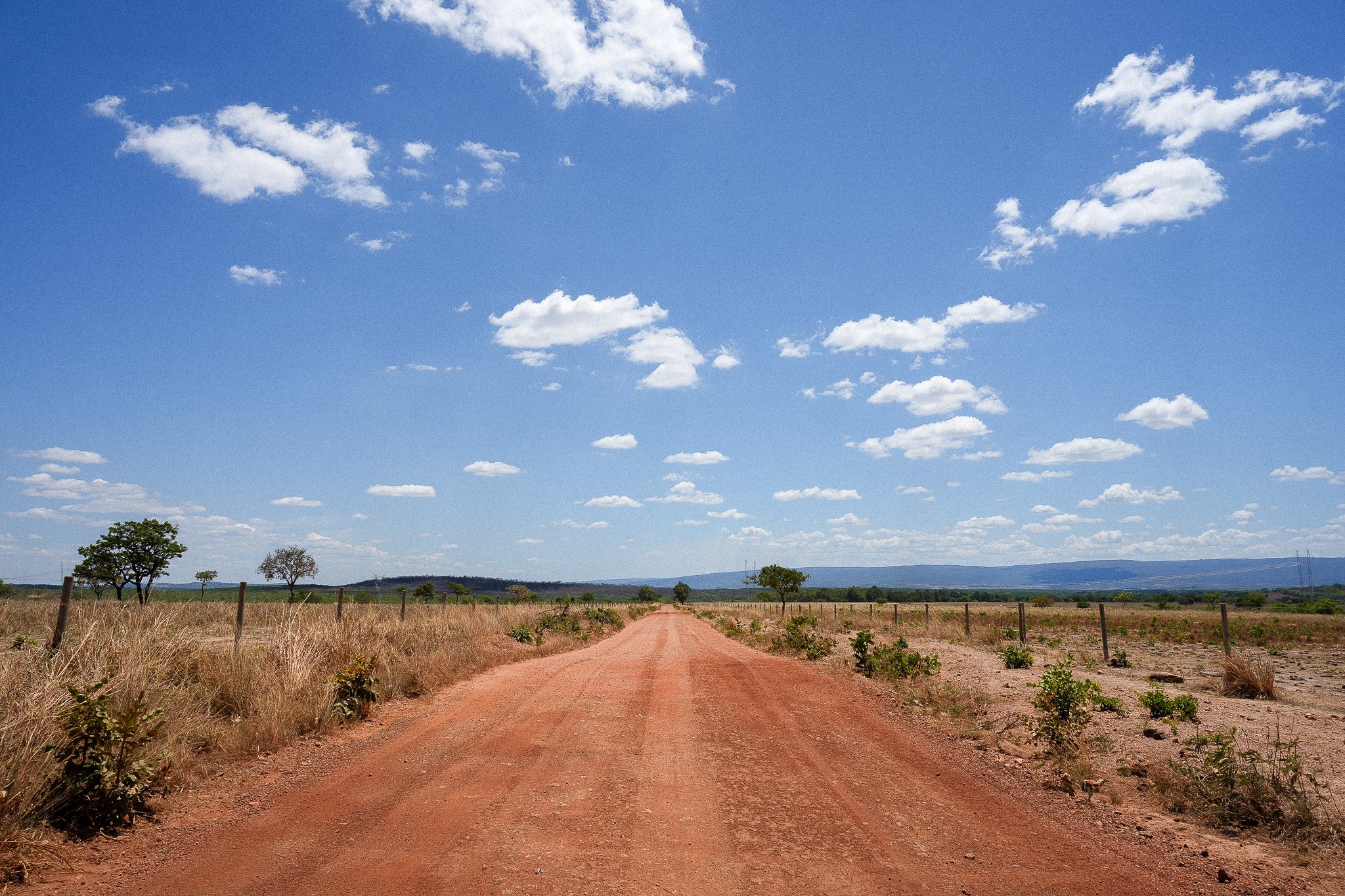
Telésforo (April)
Highlight: Overlanding & Horseback Riding
It sounds like faint praise, but few thoroughfares in the Espinhaço are better suited to driving or galloping—or more brutal for trekking—than the sun-kissed roads of the Sertão. Here, long distances of wide-open dirt road, lined with pastureland & riparian forests and backdropped by the cool blue tones of both the Espinhaço and the Serra do Cabral, occupy the vast spaces between sleepy agrarian backwaters & roaring, ice-cold waterfalls, creating near-perfect conditions for horseback riding and roadtrips.
In our minds, the trekking is great everywhere in the Espinhaço… but nowhere is it quite this perfect for taking it easy.
Conselheiro Mata (August)
River Crossing (September)
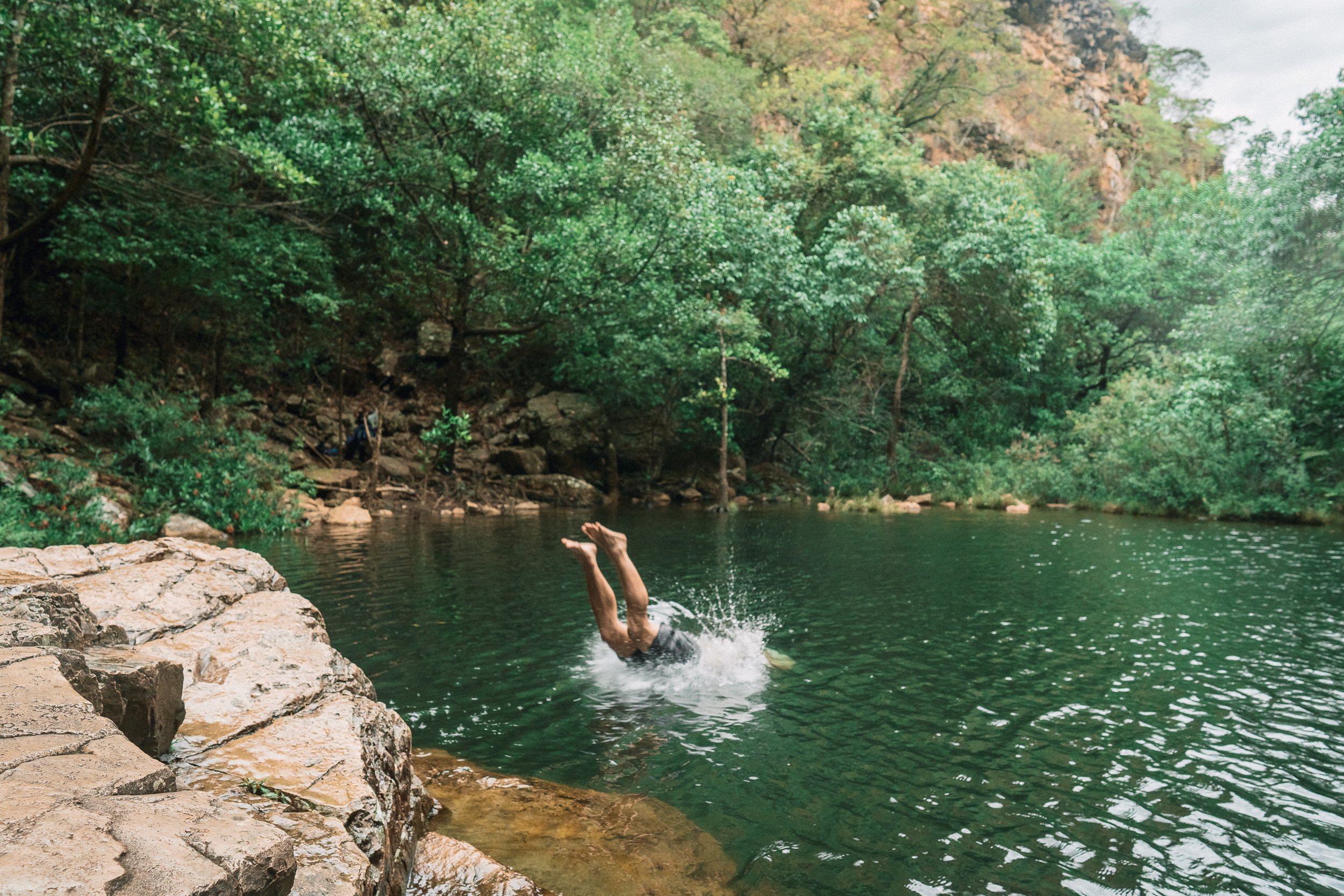
Quick Dip (October)
The Sertão: Hot Springs, WAterfalls & Swimming Holes
The Sertão is where much of the water in the Espinhaço comes to fall. Several of the most voluminous & majestic waterfalls in the region are found here, a number of which have yet to be discovered by visitors. Local water attractions aren’t limited to waterfalls, either—the Sertão has a number of scenic “hot” springs (although many Americans & Europeans will find the water “tepid”), as well as swimmable streams, hidden swimming holes, and pristine rivers.
Local Waterfall In April
Local Waterfall in August

Nica’s House (AUgust)
The Sertão: Where We Sleep
Some of our favorite accommodations in the Espinhaço are found in the Sertão, including a number of charming pousadas, unique homestays, hot springs resorts, campgrounds, and more.
